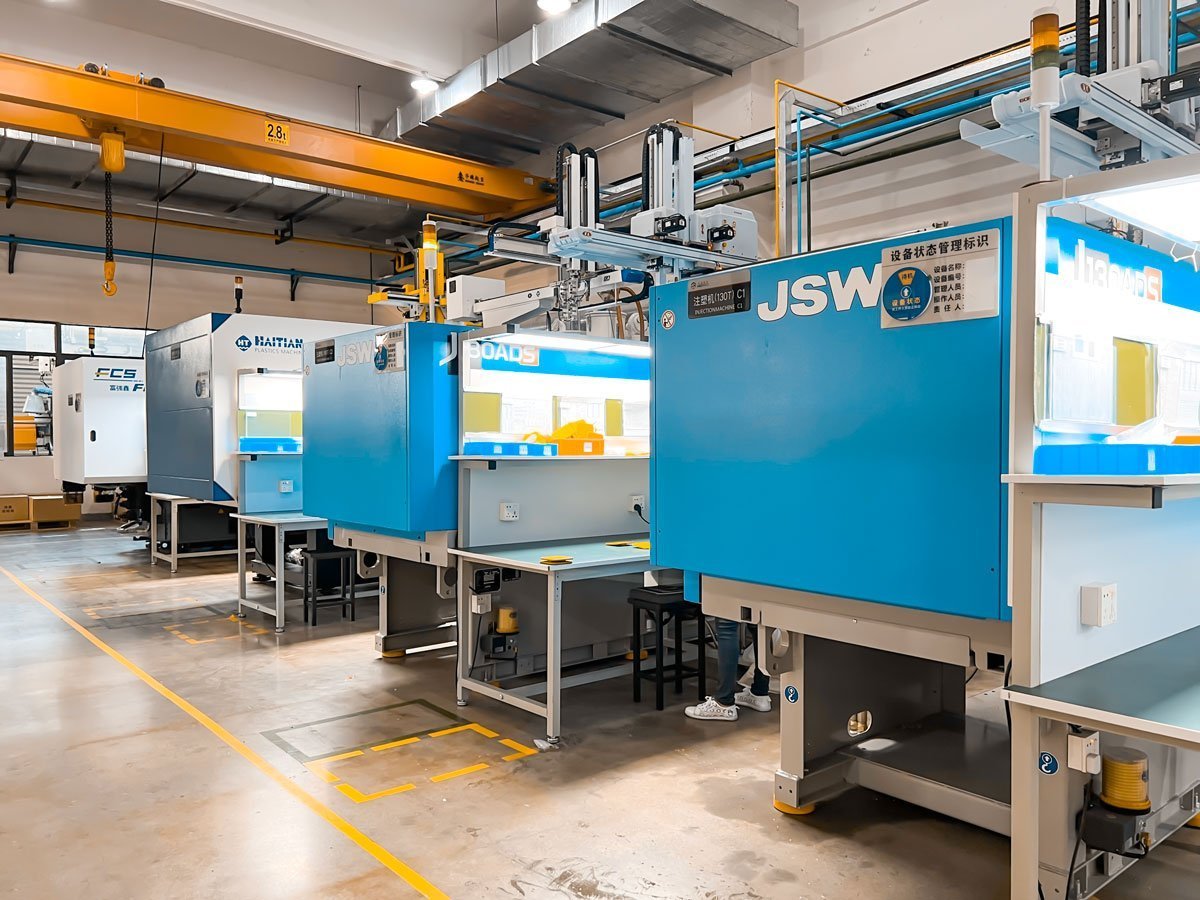From the Perspective of a Molder: Injection Molding
I have been in the field of Custom Plastic Infusion Trim for around 21 years now as of the composition of this article. I'm presently functioning as a Cycle Specialist, which I have accomplished for around 15 of my 20+ years in the field of infusion embellishment and I have principally worked for disintegrates that were engaged with the auto field.
Plastic infusion shaping, by definition, is the most common way of infusing plastic into a form (or form in European circles), cooling the plastic, catapulting it from the form, and pressing the completed item available to be purchased to the client. This sounds straightforward and in it's fundamental structure it is, yet the cycle associated with getting this going is entirely muddled. Plastic can be infused into the shape with low tension, however, normally is finished under high tension upwards of 30,000 PSI depression pressure.
There are numerous assorted kinds of infusion shaping and as various sorts of plastic infusion forming machines to go with it. A portion of the more normal sorts of plastic embellishments are standard form infusion, embed shaping, plastic expulsion, blow forming, multicolor or material trim, stack trim, and rotating shaping just to give some examples. There are custom plastics also, from normal consistent plastic saps to the more fascinating designing grade tars utilized in many cars today. There are even infusion shaping grade "metals" being explored in different avenues regarding and utilized nowadays.
There are many kinds of infusion shaping machines generally made for explicit purposes. There are the standard even infusion forming machines which range in size from a couple of tons as far as possible as much as 9000 tons and that's only the tip of the iceberg. You could drive vehicle between the platens of a press that huge. Vertical infusion shaping machines are frequently utilized for embed forming (albeit this should likewise be possible evenly) and share a typical cover with two discharge parts of the form. This considers de-trim and stacking of supplements in a single half, while the other half is creating the following shot of parts. There are likewise two and three shot infusion shaping machines for delivering multicolor or multi-material parts, for example, focal points for tail lights and stuff shift handles with hard plastic internal center and a delicate vinyl out covering. The most current machines are "all electric adaptations" which stray from the standard water-powered infusion machines involved now for quite a long time. These infusion-forming machines are substantially more proficient and repeatable then their water-driven cousins are. Normal infusion shaping machine makers are Toshiba, Imposing, Cincinnati, DeMaag, Engel, Nissei, UBE, Arburg and Kid, just to give some examples.
The fundamental stages to delivering a plastic infusion formed part on a stand infusion shaping machine are:
Warming the plastic gum to the expected scope of the item being utilized.
Fostering the shot size through utilization of a responding screw which passes the liquefied plastic on to the front of the screw.
Infusing the plastic into the form constrained to fill the depression of the shape.
Pressing the plastic to make a full part inside the shape.
Cooling the plastic in the shape using cooling channels most regularly with water.
Launching the cooled part from the shape.
Rehashing the cycle again and again.
There is significantly more that goes into this and you can peruse a lot more articles on the custom infusion shaping cycle in more exact detail on my site at custom_injection_molding.htm however this ought to give you a fundamental comprehension of what's included.

Comments
Post a Comment